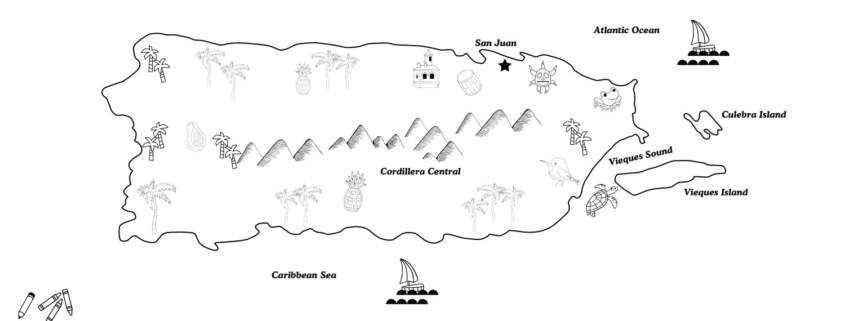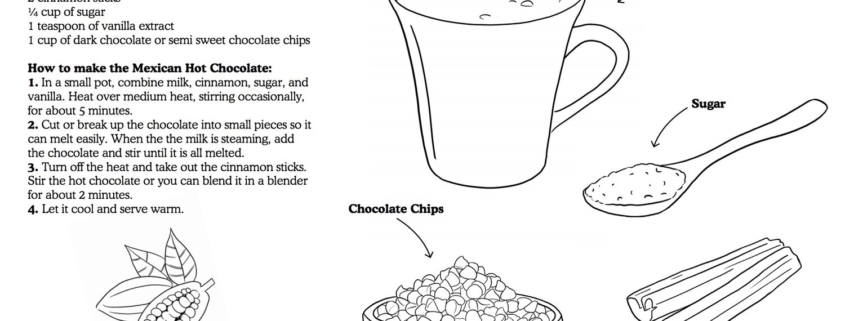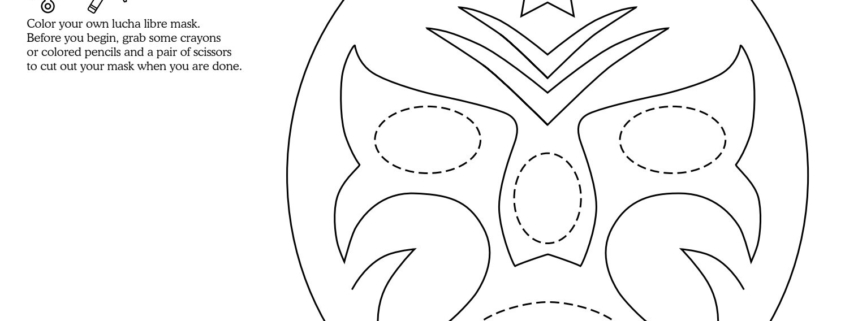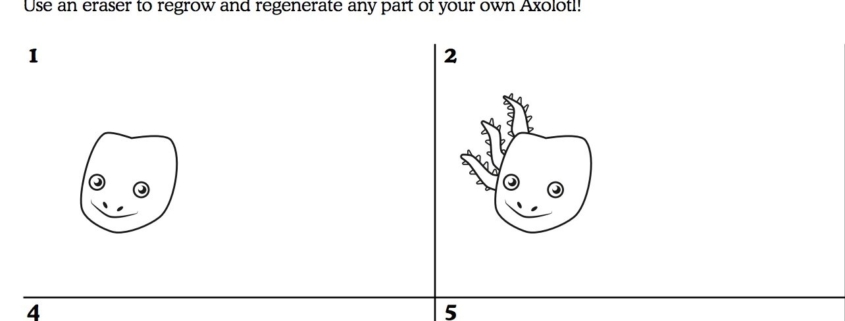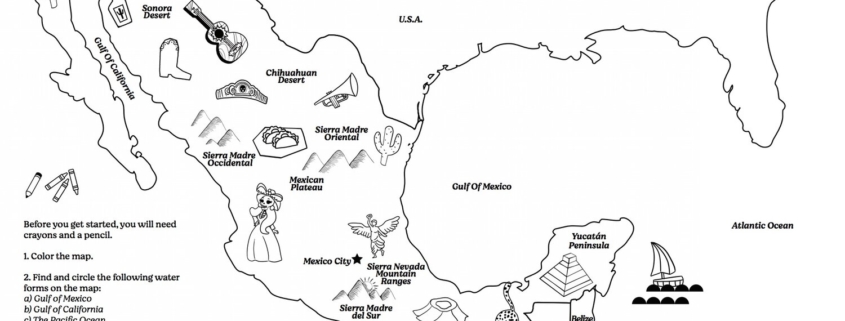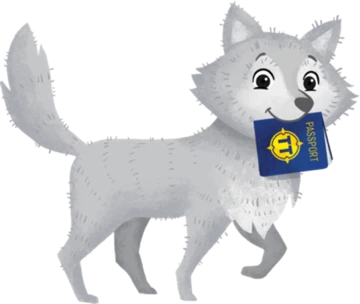In today’s lesson, we will continue to apply your learning about maps, geography, and land and water forms as we explore Puerto Rico.
One very important landform in Puerto Rico is the mountain range known as Cordillera Central. These incredibly lush mountains in the center of Puerto Rico run the length of the country from east to west. Bananas, pineapples, and plantains are grown throughout the region as well as coffee. The beaches and coastlines of Puerto Rico are also some of the most beautiful in the world! The important water forms include the Atlantic Ocean in the north, the Caribbean Sea in the south, and the Vieques Sound between mainland Puerto Rico and the island of Vieques in the east. A sound is a waterform that is located along a coastline and it is a narrow sea or ocean channel between two bodies of land.
Today, you will color a map of Puerto Rico. Once you’re done, follow the guide to create a 3D salt dough map of Puerto Rico as well!
Before you get started, you will need crayons or colored pencils to color the map.
First, color the physical map of Puerto Rico.
Find and circle the following water forms on the map:
1) The Atlantic Ocean
2) The Caribbean Sea
3) The Vieques Sound
Then, find and circle the following landforms:
1) Cordillera Central Mountains
2) Vieques Island
3) Culebra Island
